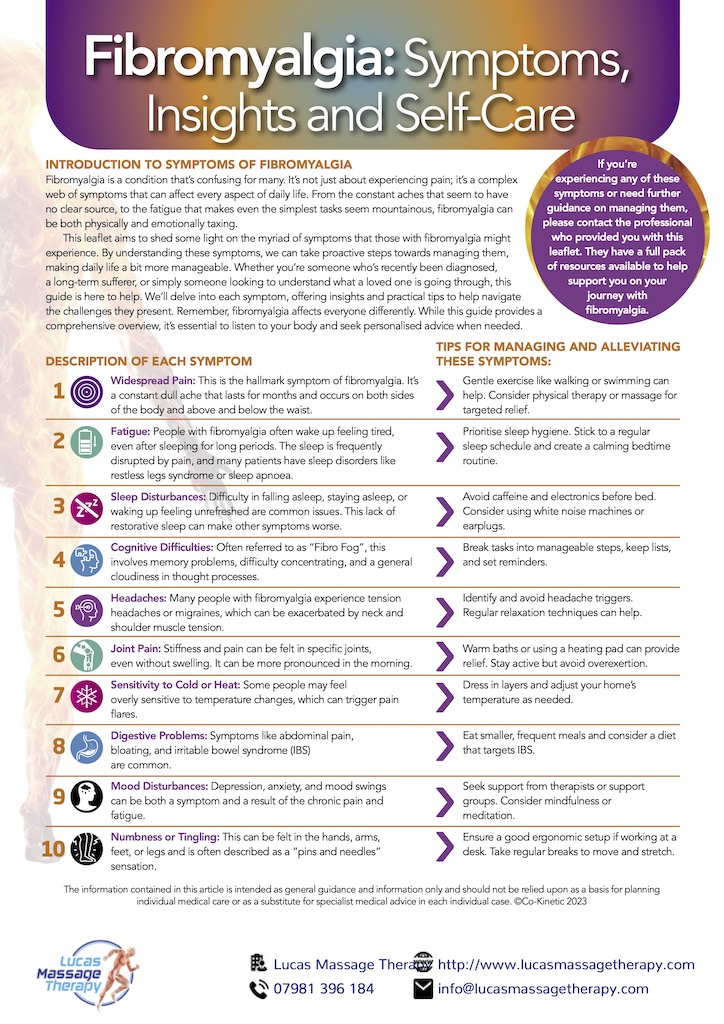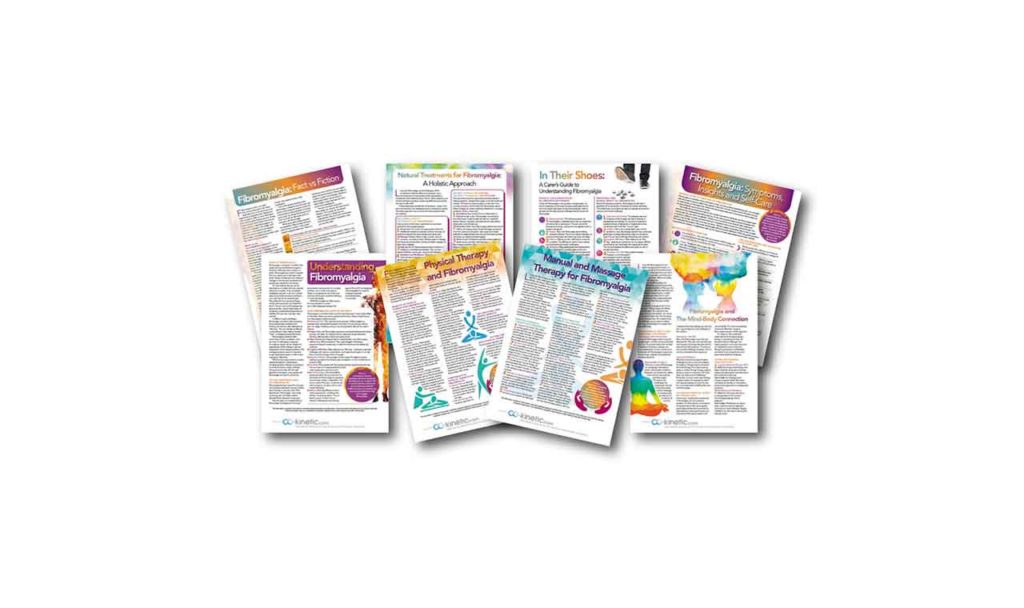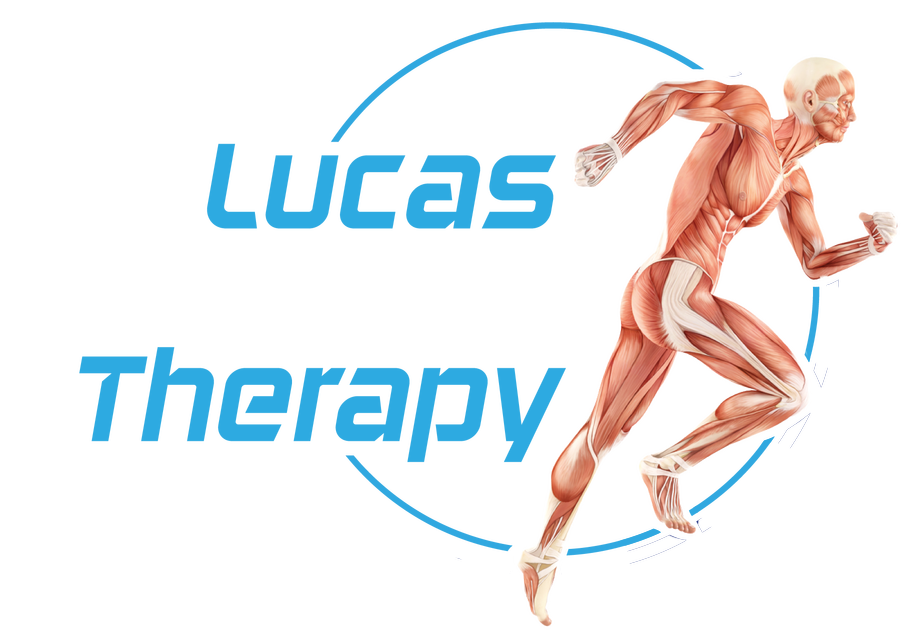WHAT IS FIBROMYALGIA? Causes of fibromyalgia.
Fibromyalgia is a chronic ailment that leads to widespread pain and sensitivity in the body. In contrast to pain resulting from a bruise or strain, fibromyalgia pain is not linked to any apparent physical injury or harm to the body. It is, instead, thought to be associated with alterations in how the brain and spinal cord interpret pain signals transmitted by the nerves.
The pain experienced by numerous individuals is often depicted as a persistent, throbbing sensation, usually originating in the muscles. To meet the criteria for widespread pain, it must manifest on both sides of the body and encompass regions above and below the waist. However, it extends beyond mere physical discomfort. Many individuals liken it to a constant weariness akin to the fatigue associated with influenza. This is not the type of exhaustion that subsides with a restful night’s sleep; rather, it is an enduring, debilitating fatigue that can impede even the simplest daily tasks.
Fibromyalgia can cause more than just pain and fatigue; it may also result in additional symptoms. Individuals may experience challenges with cognition and recall, commonly known as “fibro fog.” This might present as struggles with task focus, mental fogginess, or memory lapses.
The symptoms of fibromyalgia can often resemble those of other illnesses, making its diagnosis a difficult task. For example, its pain may be confused with osteoarthritis, and its fatigue could be linked to chronic fatigue syndrome. It is crucial to receive an accurate diagnosis to effectively begin managing the condition.
The precise origin of fibromyalgia is unknown; however, experts suggest that a combination of genetics, infections, and physical or emotional trauma could play a role. The positive news is that, by adopting suitable strategies and receiving assistance, numerous individuals living with fibromyalgia can enjoy fulfilling, vibrant lives.
WHAT IS FIBROMYALGIA? FIBROMYALGIA SYMPTOMS

WHAT IS FIBROMYALGIA? HISTORY AND PREVALENCE OF FIBROMYALGIA:
Fibromyalgia dates back centuries, with symptoms detailed in ancient medical writings. Not until the 1970s was the term fibromyalgia created, merging Latin and Greek terms to convey muscle pain and fibrous tissue.
Our comprehension of fibromyalgia has expanded over time. It extends beyond tender muscle points to encompass a range of symptoms, making it a complex condition. Presently, it is acknowledged as a prevalent chronic pain disorder, impacting 1 in 25 individuals. Although fibromyalgia can strike anyone, it is more common among women and is typically diagnosed between the ages of 30 and 60. The widespread impact of this condition emphasises the necessity for greater awareness and understanding in our society.

WHAT IS FIBROMYALGIA? HOW FIBROMYALGIA AFFECTS THE BODY:
Fibromyalgia affects more than just pain; it has a widespread impact on the body, affecting different systems and functions. Let’s delve deeper into how fibromyalgia influences the body:
Widespread Pain:
The primary indication of fibromyalgia is enduring pain that extends all over the body. It’s not your typical pain; rather, it’s a profound, pulsating, sore, or scorching feeling that can vary in strength.
Fatigue:
Numerous individuals suffering from fibromyalgia encounter an intense fatigue that persists despite adequate rest. This weariness can render basic activities overwhelming, impacting everyday schedules and overall well-being.
Sleep Disturbances:
Many individuals with fibromyalgia often find it challenging to sleep well, despite enduring persistent fatigue. They may face issues when trying to doze off, encounter frequent disruptions during the night, or deal with ailments such as restless leg syndrome.
Cognitive Difficulties:
Individuals may struggle with memory, focus, and thought organization, commonly known as fibro fog. It may resemble a mental haze that obstructs clear thinking.
Digestive Problems:
Fibromyalgia may affect the digestive system, causing issues such as bloating, gas, constipation, or possibly irritable bowel syndrome (IBS).
Sensitivity:
A large number of individuals with fibromyalgia experience heightened sensitivities, leading to increased sensitivity to light, noise, temperature, and touch.
Mood Fluctuations:
Emotional impacts are widespread too. It is not rare for people with fibromyalgia to encounter changes in mood, anxiety, or depression. The enduring pain and other symptoms can significantly affect mental health.
Stiffness:
Morning stiffness, akin to that felt in conditions such as arthritis, presents as an additional symptom. This stiffness may persist from a few minutes to several hours, posing difficulties in commencing the day.
It is essential for individuals with fibromyalgia and their families to comprehend the impact of the condition on the body. Coping with the pain is important, as well as acknowledging its various effects on everyday life.
If you or someone you are familiar with is experiencing these symptoms, please be aware that support is available. Reach out to the expert who gave you this leaflet for access to a detailed resource pack designed to assist you in managing fibromyalgia.

WHAT IS FIBROMYALGIA? Effective Ways to Manage Fibromyalgia
Are you ready to take control of your fibromyalgia symptoms and improve your daily life? Get expert insights and practical tools to manage your condition and enhance your wellbeing.
Living with fibromyalgia can be challenging, but you don’t have to deal with it alone. Our Lucas Massage Therapy exclusive pack of detailed leaflets offers essential insights and practical strategies to help you manage your symptoms, enhance your well-being, and educate those around you about what you’re going through.
Key Features
- Natural Fibromyalgia Treatments: Discover holistic treatments to complement your medical care and boost your overall health.
- Caring for Someone with Fibromyalgia: Equip your caregivers with practical advice to better support you.
- Physical Therapy: Explore the benefits of physical therapy to reduce pain and increase mobility.
- Manual and Massage Therapy: Experience relief and relaxation through proven manual and massage therapy techniques.
- Mind-Body Connection: Strengthen your mental and emotional well-being to better manage the impact of fibromyalgia.
WHAT IS FIBROMYALGIA leaflet series is based on the latest evidence-based and provides practical information to enhance your quality of life.

